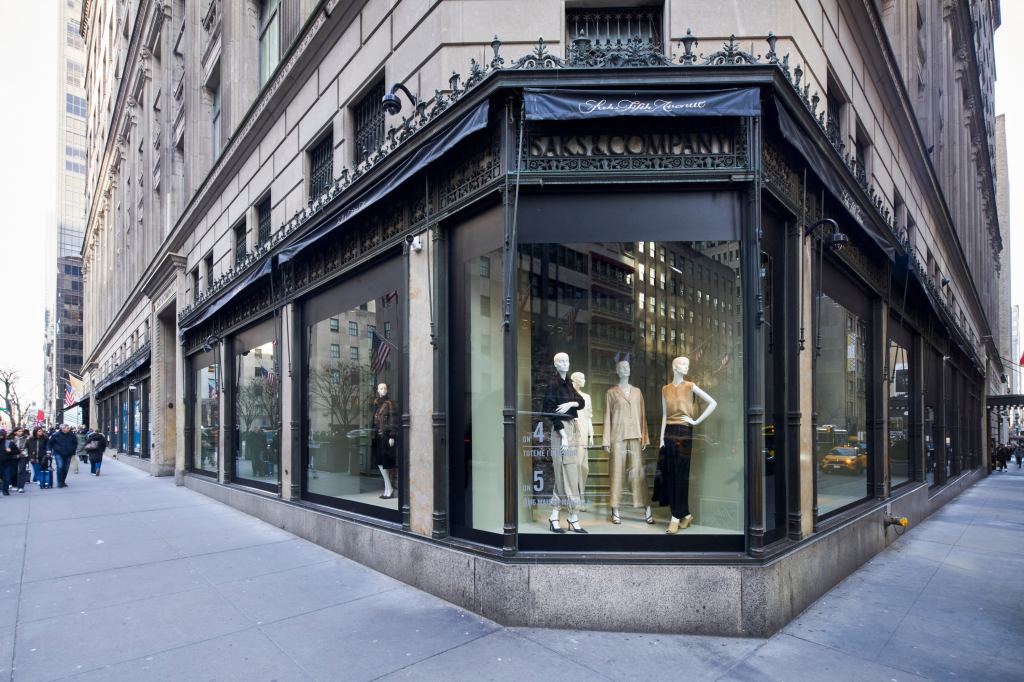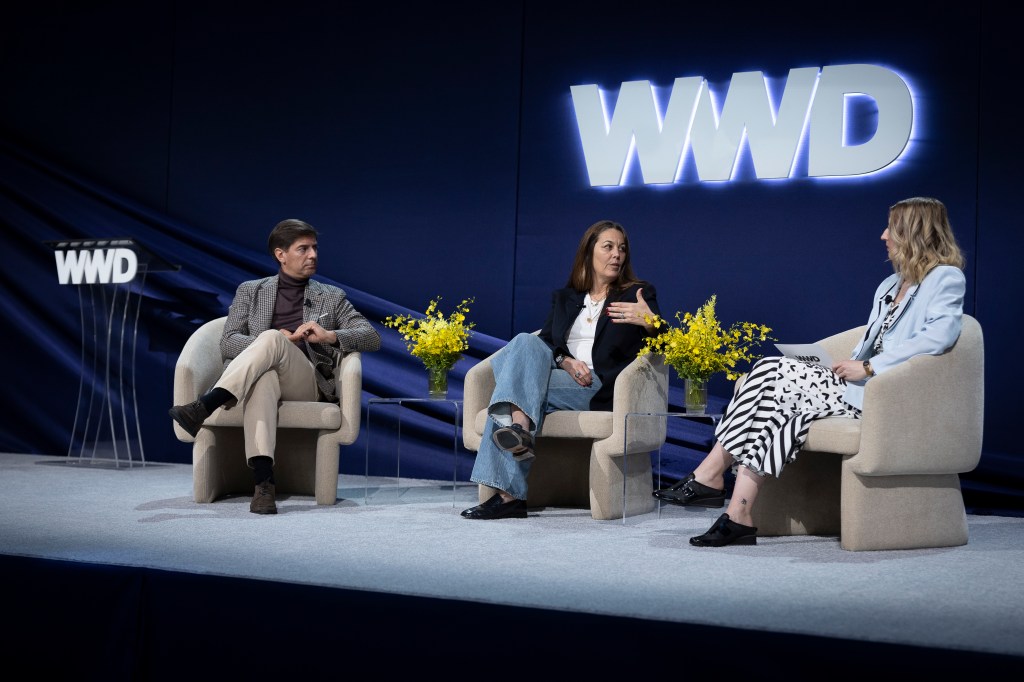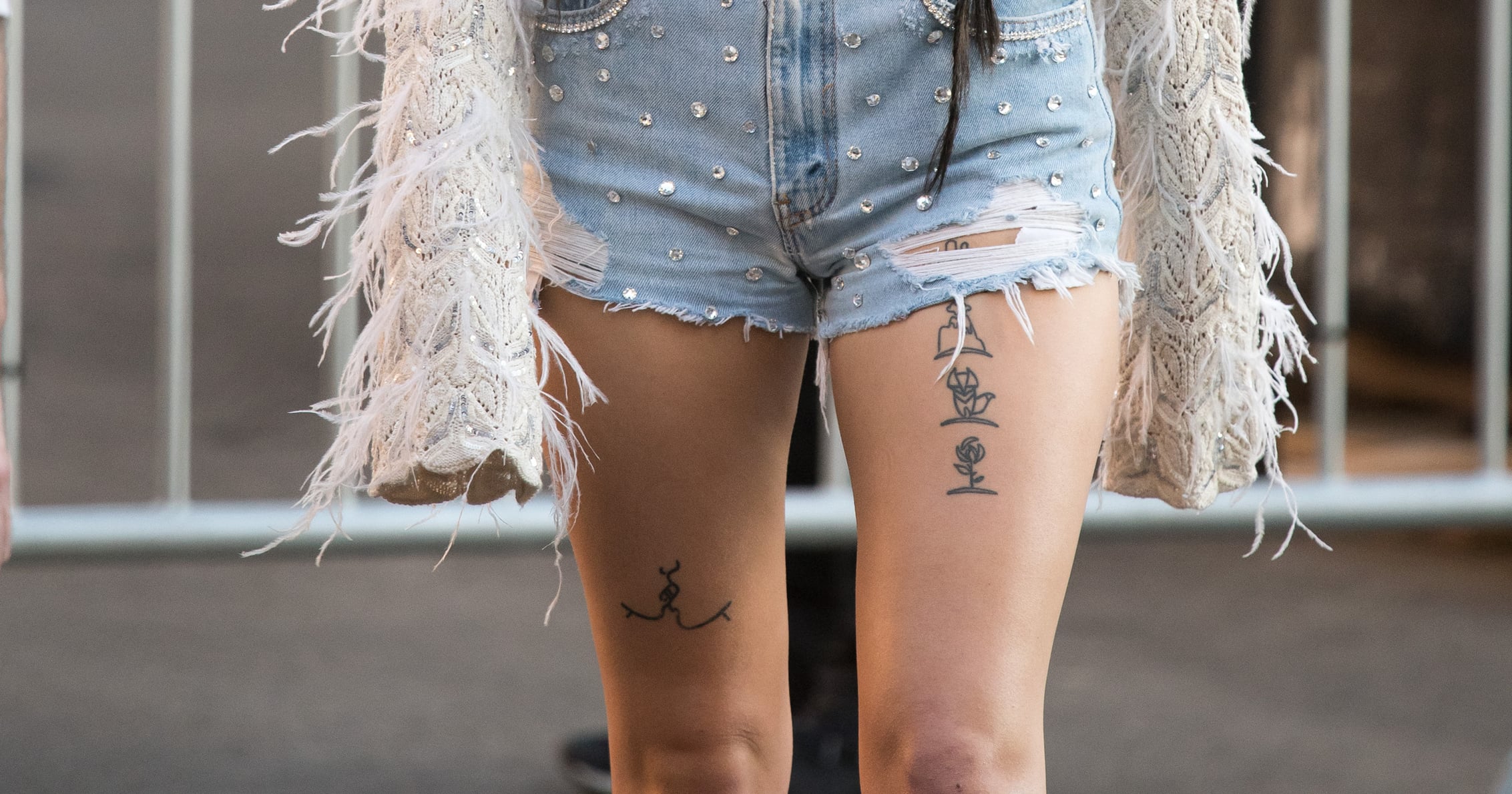At long last, it seems Saks Fifth Avenue is going to get Neiman Marcus to the chapel.
Sources told WWD that the on-again, off-again takeover talks that restarted last summer are in their final stages and are expected to result in Saks and Neiman Marcus coming together in a roughly $3 billion deal in the next month.
It’s an acquisition that promises to reset the luxury department store landscape.
But first, the actual deal has to be put together, and questions about the transaction’s financing have long loomed over the process. Now, it seems the answer might come with a twist.
The funds for the deal are said to be coming from at least two unusual sources — Europe e-commerce giant Zalando and Indian retail and real estate player Reliance.

Saks declined to comment and a representative for Neiman Marcus said the company would not “comment on speculation or rumors.” Zalando and Reliance could not immediately be reached Tuesday afternoon.
If Zalando and Reliance add a new flavor to the mix, it’s little surprise. Richard Baker, who ultimately controls Saks through HBC, is known for being an especially creative dealmaker who is ready to make unusual connections or look at a transaction in a new way. He has been out and about looking to raise funding for months, sparking plenty of speculation and one rumor widespread in financial circles that Amazon would participate in the deal. But one well-placed source denied that Amazon is involved.
Even without Amazon, the deal is complicated.
And the combination of Saks and Neiman Marcus gave some potential investors pause, particularly given the weakness in the luxury consumer and declines in department store retailing generally.
“It was all about what the go-forward plan looks like,” said one person familiar with the pitch to investors. “That’s not a position of strength. It was more selling the synergies and all of the ways to improve the profitability of the Neiman’s business.”

But Baker has surprised his doubters repeatedly and has built a retail empire that has proven to be both large and malleable enough to flex with the times.
His HBC holding company owns real estate, the Saks Fifth Avenue, Saks Off 5th and Hudson’s Bay brick-and-mortar businesses and is also the majority owner of those brands’ e-commerce businesses.
Saks Fifth Avenue and Saks.com are separate businesses that coordinate through a series of agreements. When the business was split in two, the idea was to set the e-commerce side of Saks up for an initial public offering. But while Wall Street was giddy for e-comm in 2021, investors have since moved on, and so has Baker.
One source said if the Saks-Neiman’s deal comes together, the Saks corporate structure would be maintained with one side overseeing e-commerce and another leading the brick-and-mortar business.
But sources expect a rather lengthy period between when the deal is signed and when it closes, putting any operational changes well in the future.
And the possible involvement of Zalando and Reliance opens up some interesting possibilities.
Zalando, based in Germany, has been looking to build its luxury business and bought control of Highsnobiety in 2022. It could provide a new European connection for Saks and Neiman’s.
Likewise, Reliance could help create inroads to India, a growing market that’s proven difficult for foreign companies to tap into.
The transaction comes at a time of heightened scrutiny from regulators, who seem to have fashion in their sites for the first time in more than a generation. The Federal Trade Commission challenged Tapestry Inc.’s $8.5 billion bid to buy Capri Holdings and create an accessible luxury giant.
But one person familiar with Saks and Neiman Marcus argued that those two companies can’t set prices the same way the brands can and ultimately control only a portion of the larger luxury market. Even so, the deal would bring together two competitors who are each vital to small designers who need them both for exposure.



